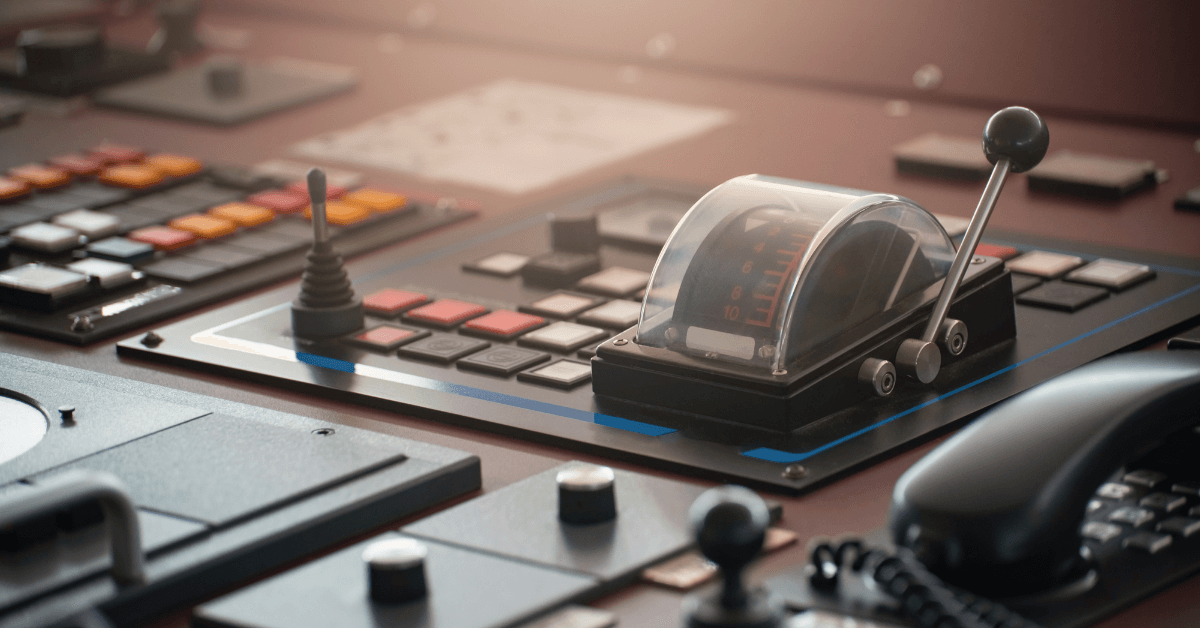Introduction to GIS Equipment
Geographic Information Systems (GIS) have become essential for navigation and spatial analysis. From hikers using GIS apps on their phones to map a trail to scientists analysing migration patterns, GIS helps us understand our spatial relationship to the world. Key to any GIS setup is having the right equipment to collect, research, and display geographic data. This equipment allows users to integrate, visualise, and interpret multiple layers of location-based information.
This article will provide an overview of the most common and essential equipment used in GIS, from data collection tools like GPS units to software like ArcGIS for analysing spatial information on a computer. Whether you’re new to GIS or looking to build up your arsenal of geospatial technology, read on for a guide to some of the critical GIS equipment available today.
Data Collection Tools
The first step in any GIS project is collecting geographic data to work with. Some of the main pieces of equipment used for gathering spatial data in the field include:
GPS Units
GPS (Global Positioning System) units are portable devices that use satellite signals to determine your precise latitude, longitude, and elevation anywhere on Earth. Handheld GPS units allow users to collect waypoints and tracklogs documenting their routes. These GPS tracks can be imported into GIS software and overlaid on maps. More advanced differential GPS (DGPS) and real-time kinematic (RTK) systems offer even greater accuracy for surveying and mapping.
Drones
Drones, also known as uncrewed aerial vehicles (UAVs), provide an aerial perspective for collecting geospatial data. Equipped with cameras, lidar sensors, and other scanning equipment, drones can rapidly survey large areas. The imagery and 3D point clouds captured by drones can map landscapes and cityscapes in fine detail for analysis in GIS.
Field Computers
Rugged field computers like tablets allow users to input, edit, and visualise GIS data. Field computers can wirelessly capture coordinate attribute data and sync it to a central database when equipped with GNSS receivers. This real-time data collection improves efficiency and accuracy.
Digitisers
Digitisers trace and convert geographic features on paper maps and images into digital vector data usable in GIS. Manual digitising tablets and heads-up or on-screen digitising using aerial photos remain common. Scanners can also automatically digitise and georeference paper maps.
Data Analysis Tools
Once spatial data has been collected, analysing it is critical to extracting meaningful information. Some of the fundamental GIS analysis tools include:
Desktop GIS Software
Powerful desktop GIS applications like ArcGIS and QGIS allow users to compile, visualise, and analyse spatial data. Essential functions include:
- Creating and editing maps.
- Overlaying data layers.
- Running spatial analysis tools.
- Crafting map outputs.
Advanced GIS software requires significant processing power and training but offers near-limitless versatility.
Spatial Databases
Spatial databases store and organise geographic data for efficient analysis in GIS. Relational databases like PostGIS add spatial data types and functions to traditional SQL database structures. Spatial databases optimise querying, filtering, and processing of geospatial data.
GIS Workstations
GIS workstations are custom desktop computers optimised for running intensive geospatial software. With robust CPUs, abundant RAM, specialised graphics cards, and large high-resolution monitors, GIS workstations handle rendering complex maps and 3D visualisations smoothly. Ergonomic designs make workstations comfortable for extended GIS use.
Data Display Tools
Displaying outputs is a critical part of applying GIS analysis to real-world problems. Some essential tools for GIS mapping and visualisation include:
Large-Format Printers
Large-format printers produce full-sized paper maps from GIS: wide-carriage inkjet printers output crisp, high-resolution maps on sheets up to 44″ or 60″ wide. Printed maps serve many purposes, from fieldwork to conference displays.
Plotters
Plotters utilise pens and advanced servo motors to draw GIS maps on paper and film. While slower than printers, plotters can produce huge, high-quality paper maps 60″ wide or more. The precision of plotters also makes them ideal for drafting and technical drawings.
3D Scanners
3D scanning gathers detailed XYZ coordinates to map real-world objects and environments. Laser scanning and photogrammetry use point clouds to reconstruct landscapes, infrastructure, buildings, and more in 3D. These 3D models integrate powerfully with GIS for advanced mapping and analysis.
Drones
In addition to surveying for data collection, drones also assist with data display. Equipped with cameras or projectors, drones can photograph landscapes for imagery analysis or project large-scale GIS maps and models for visualisation purposes.
Conclusion
Modern GIS leverages various advancing technologies to gather, process, analyse, and display geographic data. GPS units, field computers, desktop software, spatial databases, and 3D scanners provide the essential equipment to integrate spatial data from diverse sources into intelligent maps and actionable information. As GIS hardware and software continue evolving rapidly, they expand the frontiers of what’s possible in mapping our world and understanding the complex spatial relationships around us.
Choosing the right tool for each job within a comprehensive geospatial workflow is critical. Users can equip themselves with the most appropriate mapping gear by understanding the capabilities of GPS receivers, drones, plotters, spatial databases, and other GIS technologies. The future undoubtedly holds many exciting innovations in GIS equipment – augmented reality views, VR interfaces, and AI analysis, to name a few. But the core equipment outlined here will continue serving as the indispensable building blocks underpinning the geospatial revolution transforming almost every field.
